Lomography at Art School: Amy Casilda-Bartoli Discovers New Realms
1 3 Share TweetPhotography is one of the most accessible forms of media of our time and takes up a huge part of our everyday lives through smartphones and social media. But where does film photography in particular find its place in current art practices? And how do young artists deal with this analogue medium? To explore these questions, we are devoting this series to some of the work in photography classes of art schools.
Previously we featured the wonderfully innovative work of Stephan Wiesinger and Esther Vörösmarty. Now we are back with another member of the Art and Photography class at the Academy of Fine Arts Vienna – Amy Casilda-Bartoli. She had fun using our LomoChrome Metropolis and LomoChrome Purple films, as well as the ActionSampler camera, to explore another side of her familiar surroundings.
Hi Amy, welcome to our online magazine. Please tell us a bit about yourself. How and when did you get into photography?
Hey Lomo, thank you for having me! Well, I was lucky enough to grow up between Malta and France - two particularly different worlds, each with their own characters, feelings, sense of community, and other aspects which I try to capture in my photographs. I remember that the home environments in which I grew up were adorned with photographs of weddings, childhood studio portraits, university graduations, and the various steps a Catholic-raised child would take. When I was seven, my parents gave me a small blue digital point-and-shoot camera, and I carried it with me everywhere. I loved that I could capture moments, memories, faces and places between both worlds. It was comforting, and it helped me explain things that I didn't always have words for - a constant prolongation of candid memories. I guess that since then, I’ve had this compulsion to document these unstaged moments.
You study art and photography at the Academy of Fine Arts Vienna. What made you choose the artistic path?
I had just graduated from high school and felt that the Academy offered a variety of workshops with which I could explore different techniques, and decipher what works for me. It’s a space in which I feel comfortable and gives me the freedom to pursue my own projects and talk about them with my professors and colleagues.
In your opinion, what is the significance of analogue photography in modern visual art?
I think that the manual aspect of the technique invites both the photographer and the viewer to a certain patience when confronted with an image born from film. There’s a difference in saturation and texture, for example, which makes you pause - the aura of the image is different from one taken digitally. In my first semester at the Akademie, I found an Olympus Miju at the bottom of a flea market box for €5, and when I started shooting with it, it allowed me to take photographs without contemplating over the
concept or “perfection” aspect for too long.
Do you have photographic or artistic role models?
Yes, I think that there are aspects from different photographers’ work that inspire me, such as Martin Parr’s flash and color, Nadia Lee Cohen’s playfulness and ability to create characters, Nicola Lo Calzo’s work around the Binidittu publication, Mathieu Pernot’s relationship with his “Gargan subjects,” and the list goes on.
You chose LomoChrome Metropolis, LomoChrome Purple, and the ActionSampler for your project. What was the concept behind the photos, and why did you decide on these films and camera?
My relationship with the concept of a series comes afterward. I take moments, photographs, and assemble them into a series once I have them in front of me - this is a highlighted benefit for me with film. I take many of my photographs in Malta, and I liked the idea of translating the usual blues, greens, and limestone whites/yellows into hues of purples. There’s something whimsical about the results. The ActionSampler was fun to use, especially when figuring out how fast one had to move to capture
movement in the different frames.
What equipment did you use to take the photos?
My trusted Minolta X-300 and my Olympus Mju II. I try to make my camera the most discrete object in a scene when I take photographs.
Are you happy with the results?
Yes, it was my first time using Lomography’s color film, and I really didn’t know what to expect, especially with my cameras and under the natural light conditions. I think it brought the world I usually capture into a new realm.
Do you have any future projects or exhibitions you would like to tell us about?
At the moment I’m currently doing an Erasmus semester in Arles at the ENSP and I’m concentrating on the technicalities of improving my work and a better understanding of the equipment I could eventually use for my work. I’m still building an archive on my series entitled “Sunday Drive” which is focused on my Gozitan side (Gozo forms part of the Maltese archipelago). I guess you could call this series with Lomo a little bite into what I’m uncovering.
Thank you to Amy for sharing her photography with us! Check out more Lomography at Art School.
written by alexgray on 2023-06-30 #culture #people #actionsampler #art-school #lomochrome-purple #lomochrome-metropolis #academy-of-fine-arts-vienna




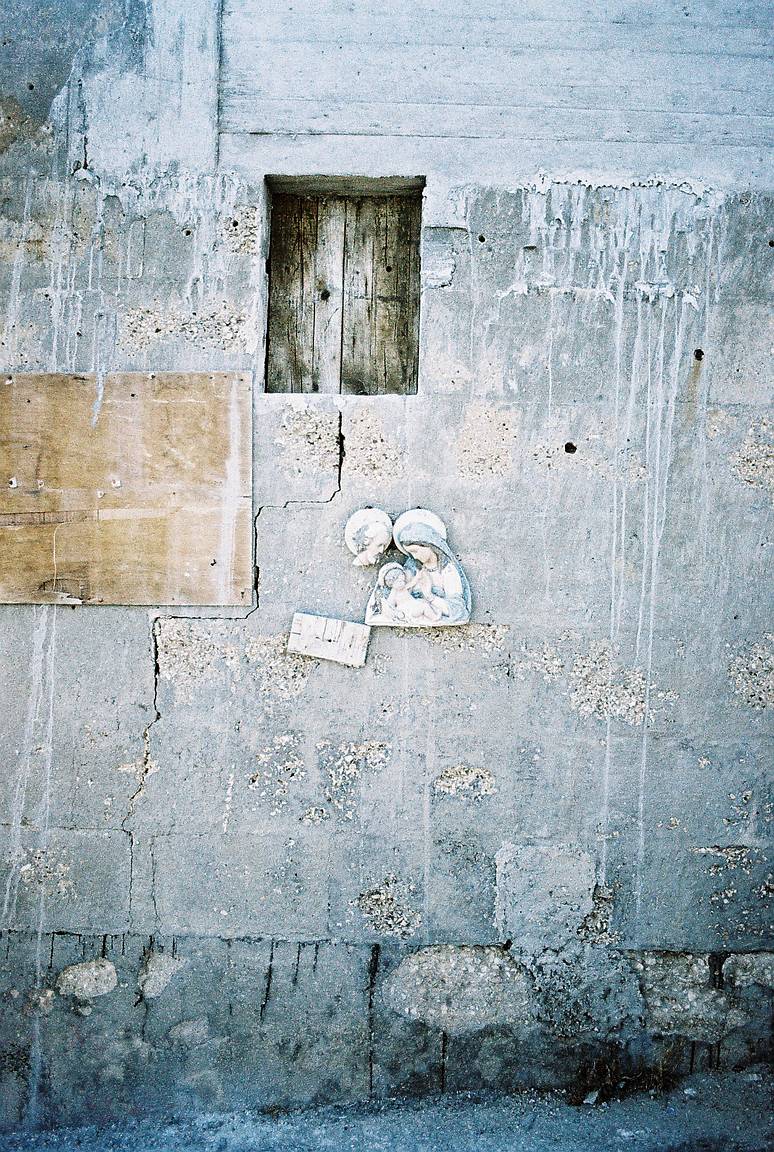



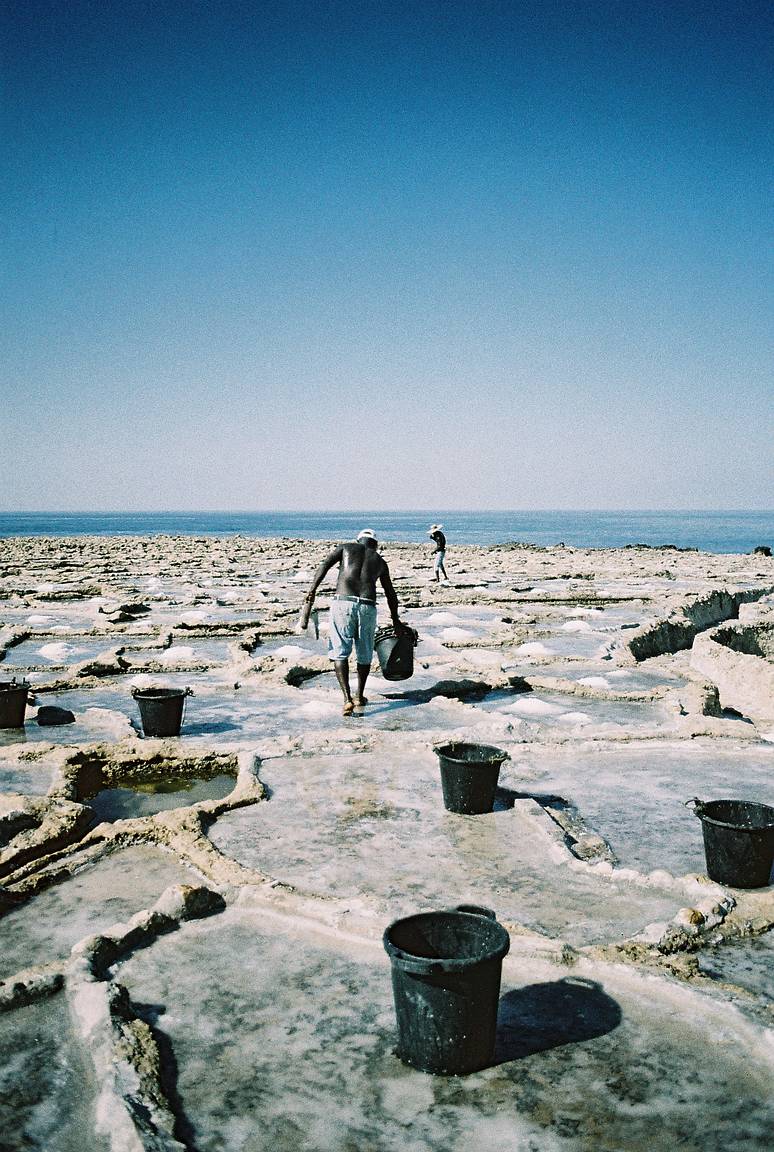


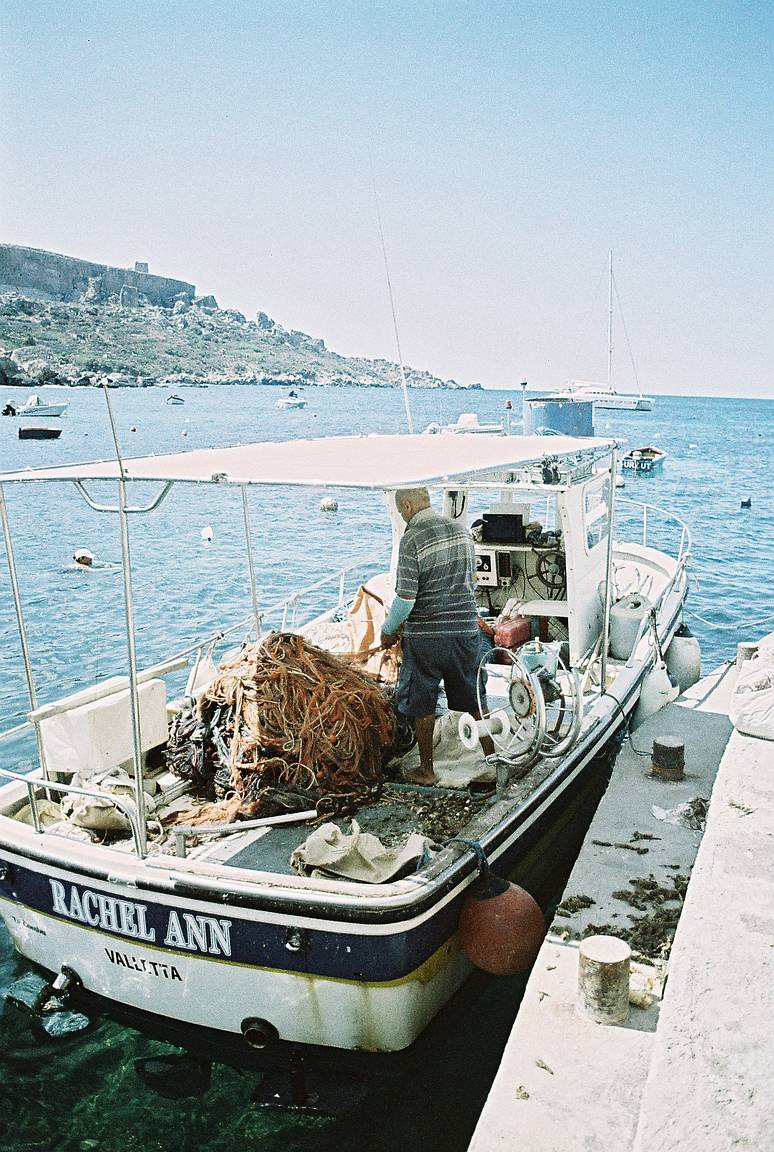










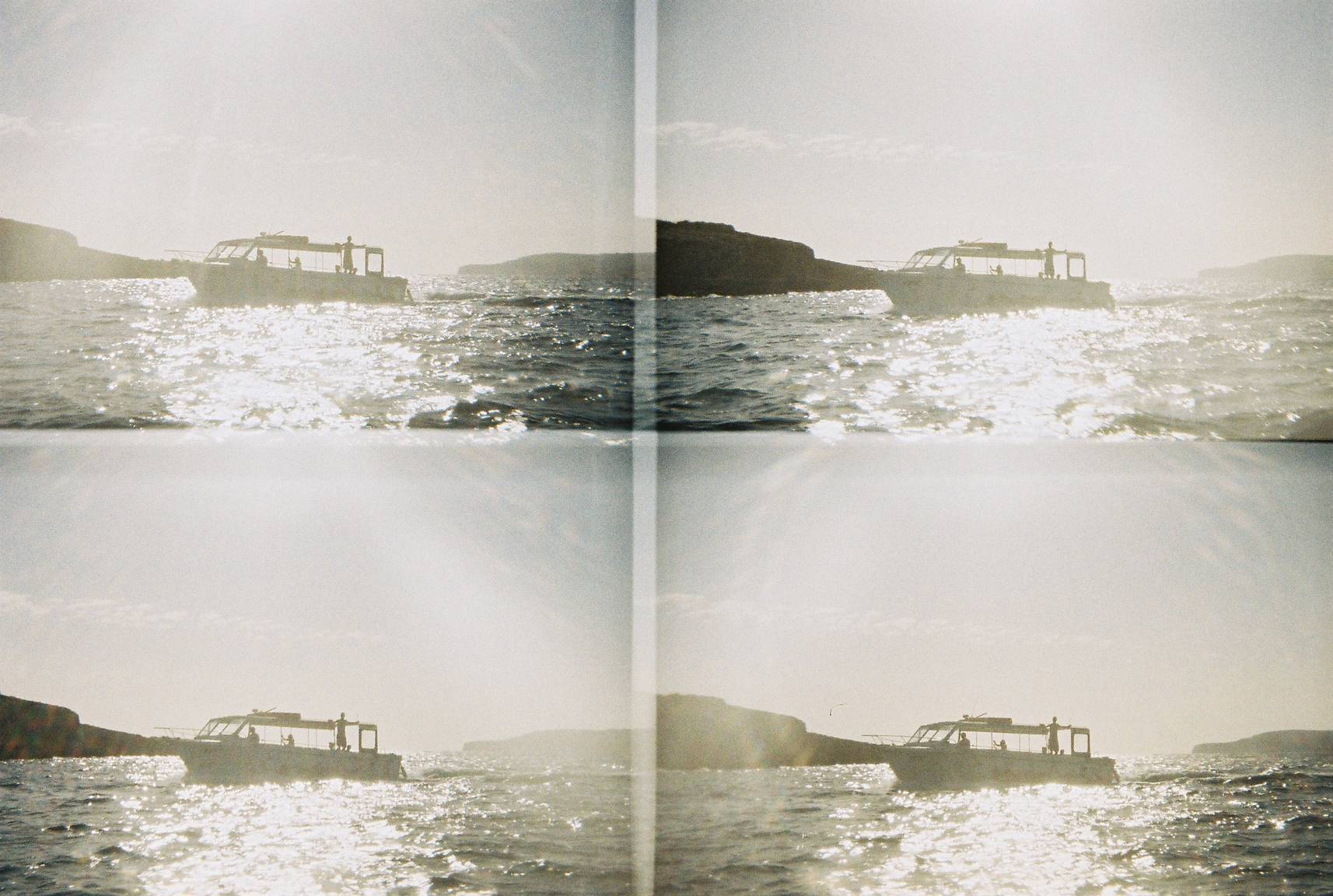
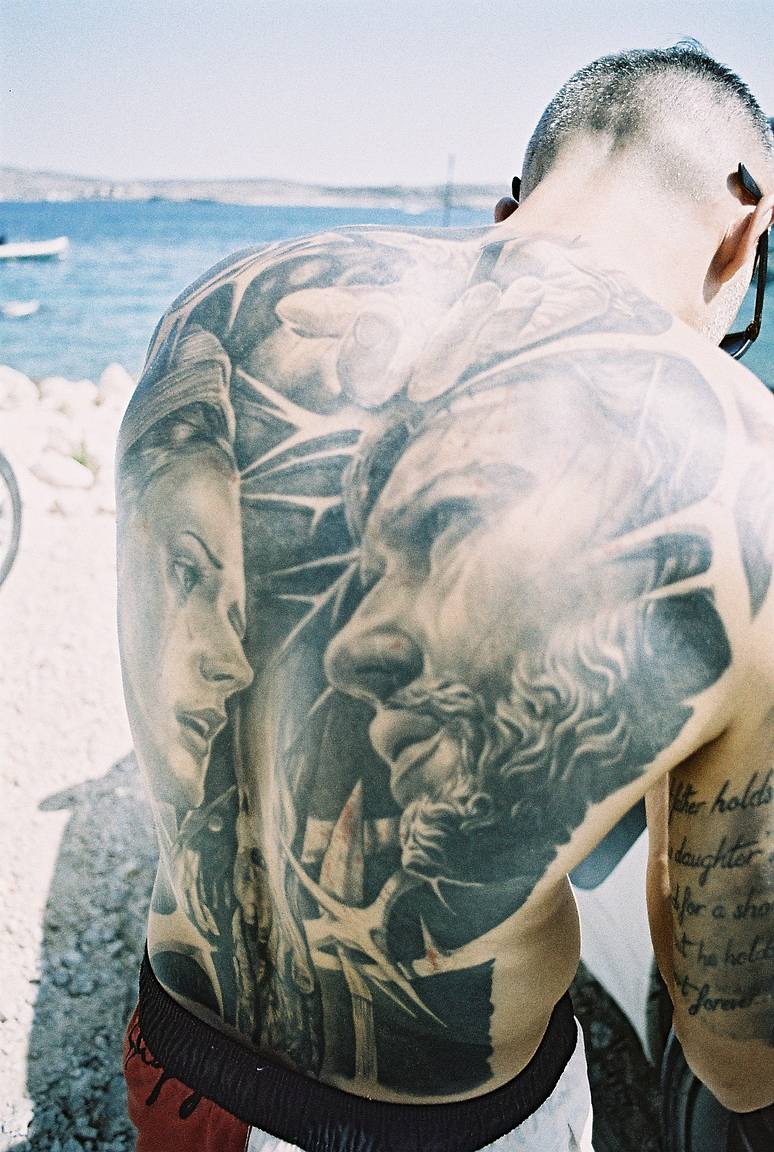
























No Comments